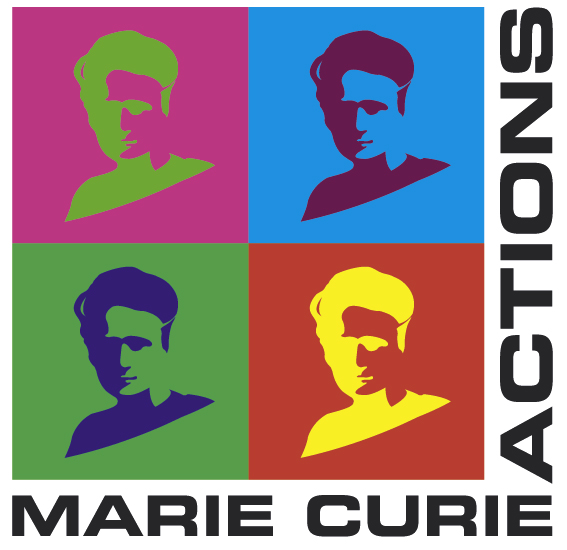During the secondment at the University of Porto (UPORTO) in April 2015, Dr. Lucia Velluto joined Lorenzo Schinaia from the same partner Villa Serena (Italy) to investigate, together with the experts at UPORTO, the performance of the developed new dry electrode EEG system.
Dr. Velluto and the staff members of UPORTO have been discussing and testing advantages and disadvantages of the new gel based EEG systems using the dry electrode system.
The discussion has mainly been focused on the possibility to either adopt or not a multi-channel EEG recording system, with a high number of electrodes, for research purpose rather than for clinical applications.
Due to the high number of electrodes (up to 256 silver/silver chloride Ag/AgCl electrodes), the preparation and the electrode placement are time consuming and error prone.
Dr. Carlos Fonseca and his coworkers at UPORTO have proposed a novel type of dry Titanium/Titanium Nitride (Ti/TiN) electrodes, integrated in a novel EEG cap based on pneumatic- driven mechanisms. The electrodes were characterized electrochemically and comparative bio-signal measurements were carried out.
Dr. Velluto attended different EEG acquisition sessions with the use of the new electrodes and the conclusion was that the novel cap system based on Ti/TiN electrodes and pneumatic-driven mechanisms enables completely dry EEG acquisition and can thus potentially replace conventional Ag/AgCl electrodes due to similar signal quality.
The discussion has covered the following additional topics:
- Multi-pin electrodes for stable and comfortable skin contact
- Materials biocompatibility.


